Big Ideas aren’t for commoners, right? Facebook. The Bill and Melinda Gates Foundation. Pennies for Peace. Apple. All Big Ideas. So, big, in fact, that they seem like the kinds of things other people do, not the things us common-folk do.
Hmmmm… you know I’m not going to buy that one, right? I proudly own the moniker ‘Big Idea Success Strategist’ — if I bought the “big thinking is for everyone else” excuse, I wouldn’t have much of a practice… or a Big Idea of my own. The focus of my work with clients is in tapping hidden potential, transforming mindsets to inspire Big Thinking, and implementing the systems and structure to turn Big Thinking into successful action. Fact is, I’m a sucker for a Big Idea, I can smell one from a mile away, and I know you have one… we all do. You may just not have called it that yet.
What IS a Big Idea?
Big Ideas don’t always look like international phenomena. They’re not always translated into billions of dollars, or impact millions of people. And, in fact, sometimes Big Ideas aren’t even what you do, but how you do it.
Do these sound like Big Ideas to you?
- The choice to stop competing as if your unique leadership is a commodity.
- Refusing to live a divided life and inviting who you are into what you do.
- Heeding the ache to restructure your business to fit your evolving life.
- Leading a business or a team that is grounded in purpose, passion, and profit.
All Big Ideas. All necessitate that you to be authentic and courageous. All invite you to be an innovator, a thought-leader, and a role-model. All require that you care enough to take action.
Big Ideas don’t always start out looking big. In fact, most of the time, they just start out looking like you doing what you do best and care about the most. And they always start with small steps.
In the words of Facebook founder, Mark Zuckerberg, when talking about Facebook:
“The craziest thing to me in all of this, is that I remember having these conversations with my friends when I was in college. We would just sort of take it as an assumption that the world would get to the state where it is now. But, we figured, we’re just college kids. Why were we the people who were most qualified to do that? I mean, that’s crazy…. I guess what it probably turns out is, other people didn’t care as much as we did.”
And we all know how that story turned out. What’s the first small step to your Big Idea?








